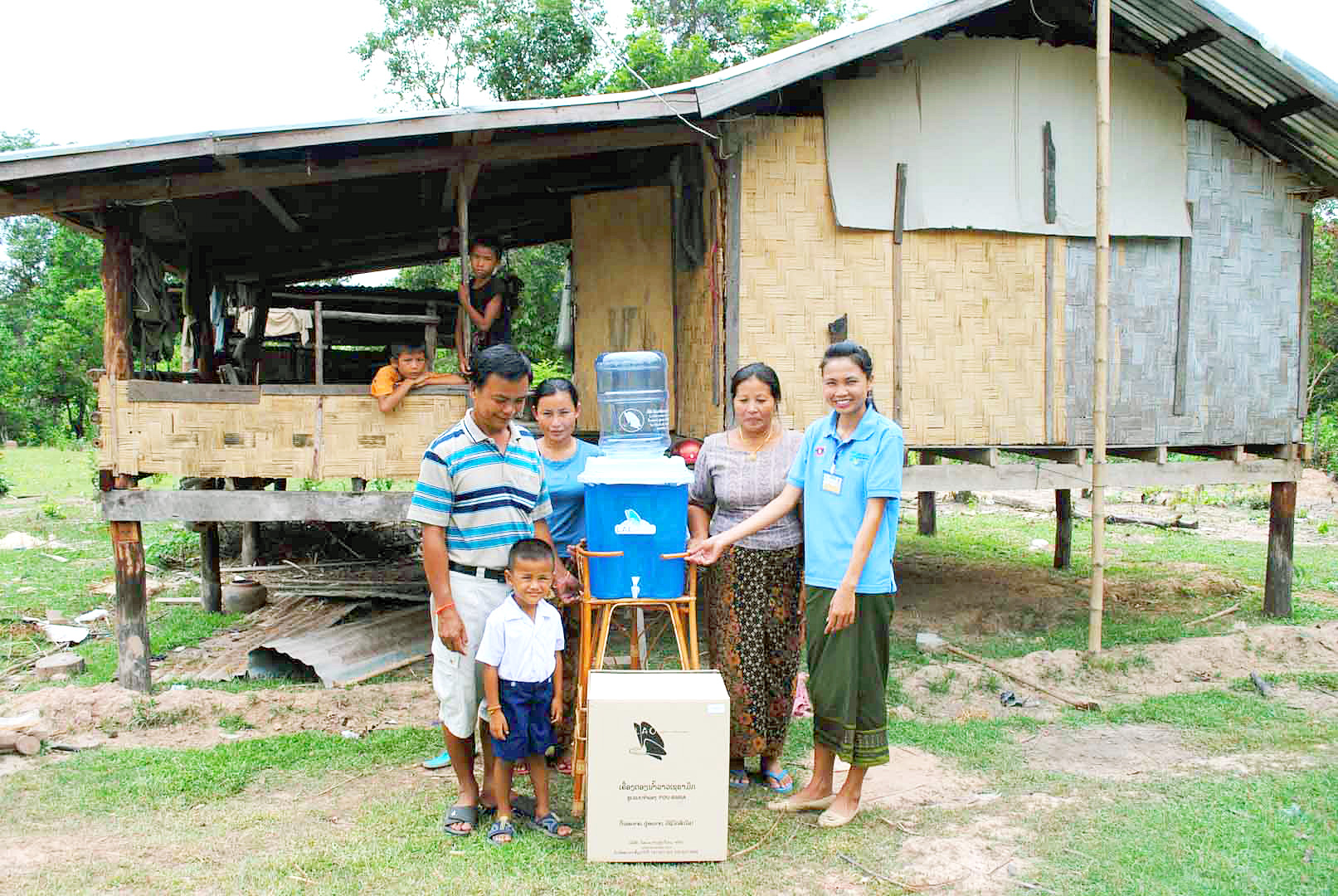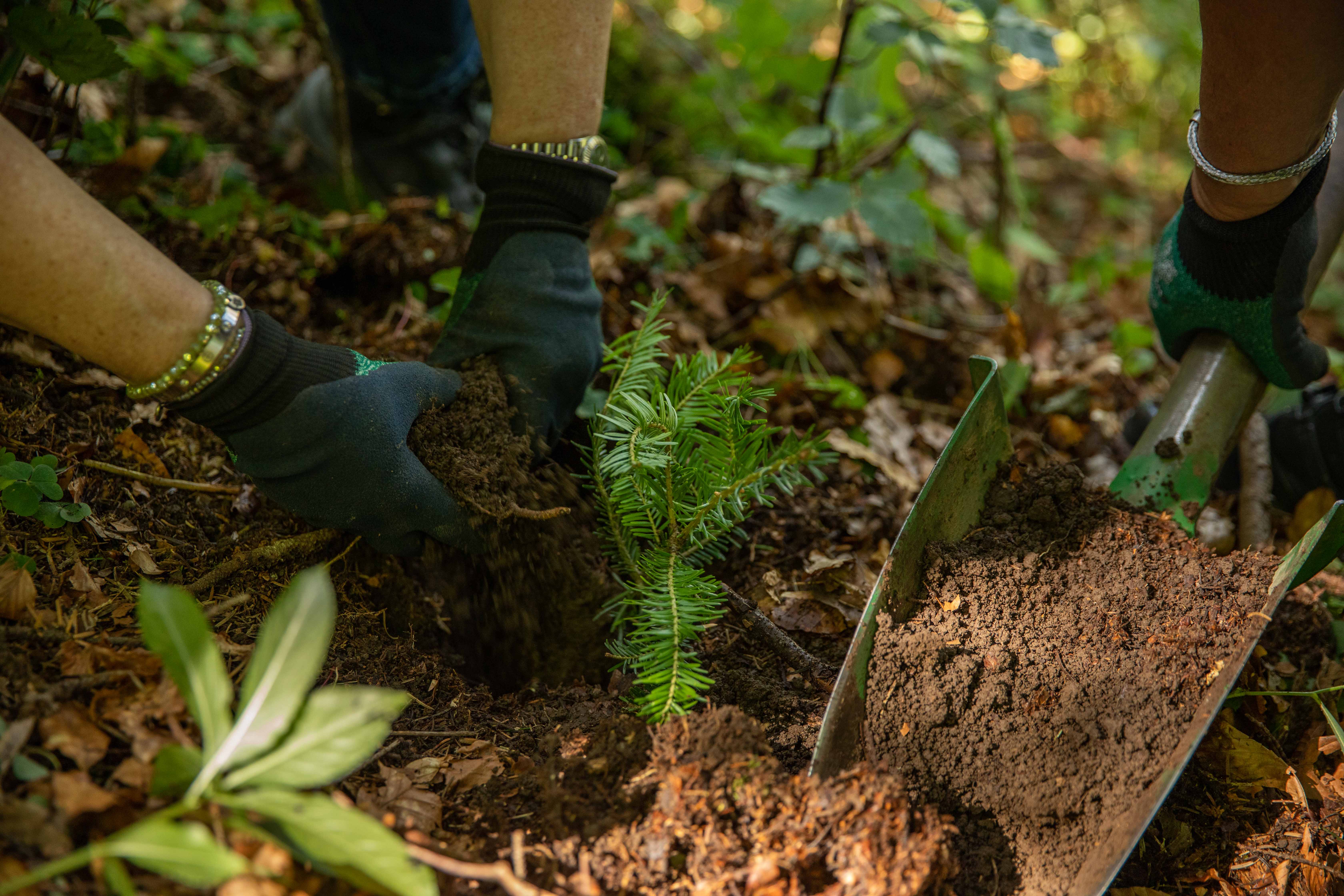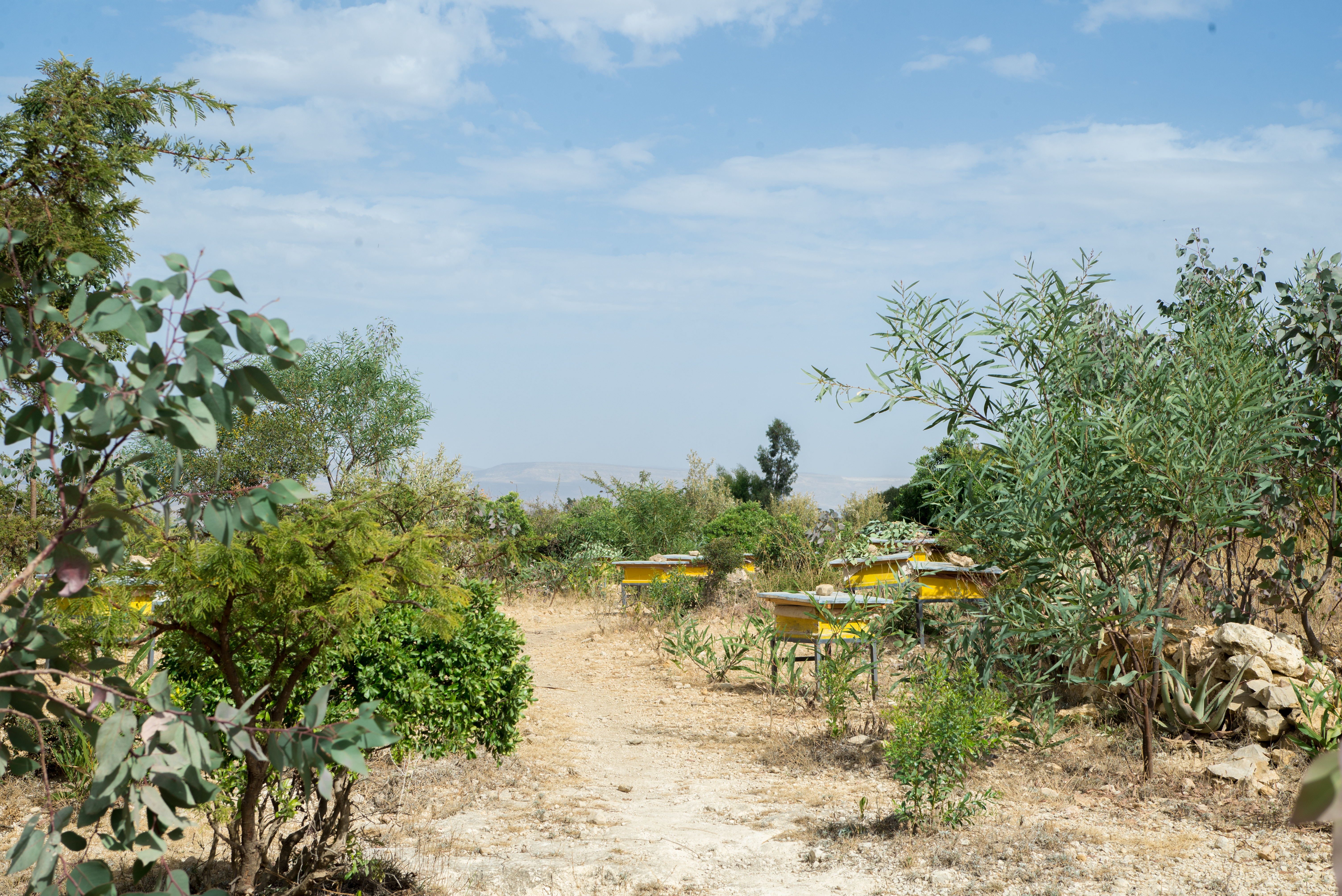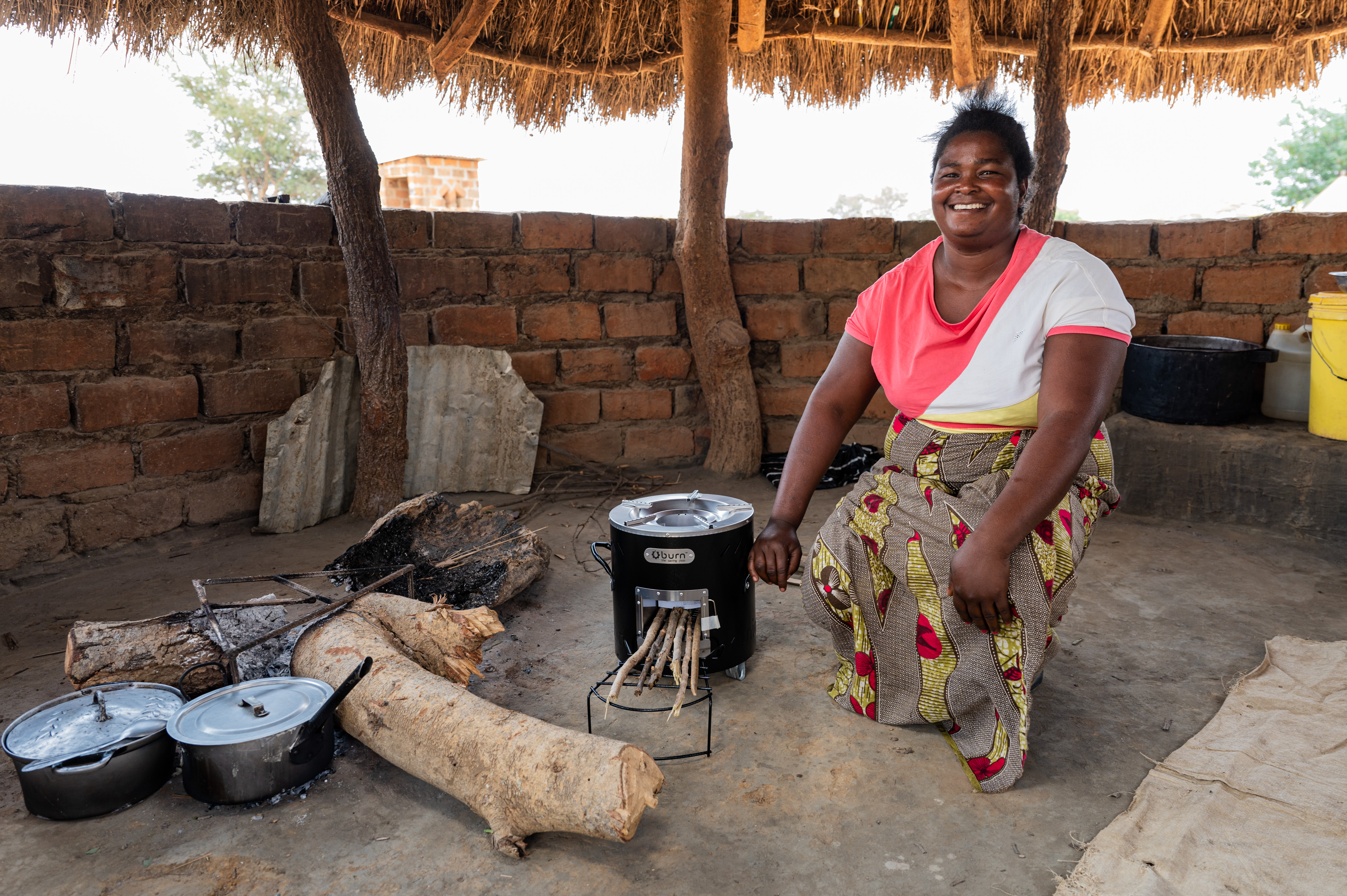Clean energy and sustainable jobs
Pulp and paper milling has been the dominant industry in Berlin (New Hampshire) over the past century. Residues were disposed at the nearby Mt. Carberry landfill site, causing high emissions of methane gas, the lobal warming potential of which is 21 times that of CO2. The Androscoggin Valley Regional Refuse Disposal District (AVRRDD) voluntarily installed a landfill gas collection and destruction system at Mt. Carberry. The collected landfill gas is burnt in a controlled way and turned into heat energy. By avoiding methane flaring into the atmosphere this leads to an average annual reduction of 35,000 tons CO2-equivalents. AVRRDD has constructed a pipeline in collaboration the remaining paper mill in Berlin. The landfill gas substitues fuel oil in their boiler system and thus allows the mill to save heating costs.
The majority of Berlin's inhabitants used to work in the two large local paper mills, one of which has shut down. The town became economically depressed with limited opportunities of decent jobs. Remaining economically viable with the support from carbon finance, the mill now provides sustainable job opportunities.





Methane is a greenhouse gas emitted by many processes including livestock farming, waste management, sewage treatment, oil production, and coal mining. When released into the atmosphere, it oxidises first to carbon monoxide and then to carbon dioxide, making it a major contributor to global warming. Climate projects avoid these emissions by capturing the gas and using it to generate heat or electricity, or by processing the gas into dry and liquid gas. In this way, the gas is not released into the atmosphere and is used to generate energy instead. Gas recovery projects in the ClimatePartner portfolio are registered with international standards.
Explore our projects
Biochar for Climate Action, Healthy Soils, and Better Harvests

A certified climate project combined with additional commitment

Expansion of renewable energy generation in Asia

Ceramic water filters save CO2 and improve health

Improved cookstoves worldwide – for better health and cleaner air

A certified climate project combined with additional commitment

Powering access to renewable energy in Africa

A certified climate project combined with additional commitment

Restored ecosystems remove carbon

Turning degraded farmlands into healthy ecosystems

Improved cookstoves - better for health and the environment